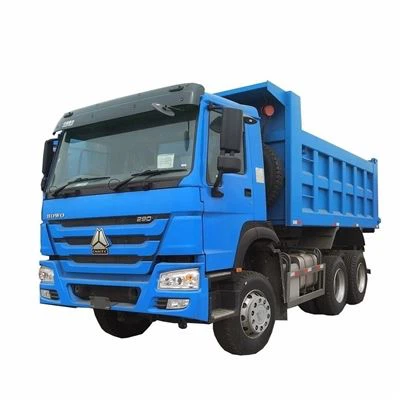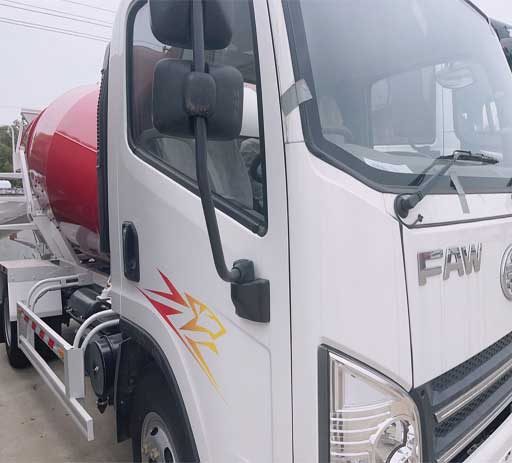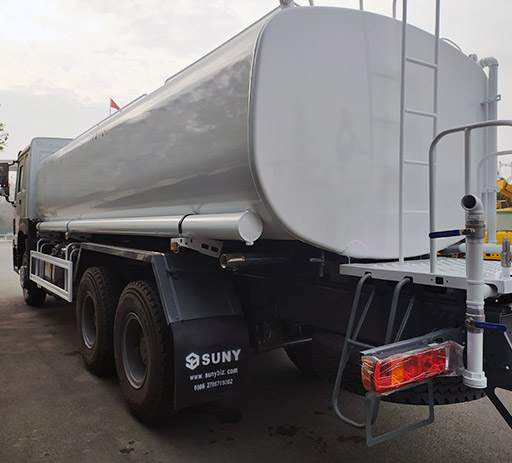Everything You Need to Know About Tipper Vans: A Comprehensive Guide

Introduction
Tipper vans are versatile vehicles commonly used in the construction, landscaping, and waste management industries. They are equipped with a hydraulic system that allows the rear body to lift and unload materials quickly and efficiently. This article will delve into the many aspects of tipper vans, including their features, benefits, types, and practical applications. Whether you’re a business owner looking to invest in a tipper van or just someone curious about these vehicles, you’ve come to the right place.
1. What is a Tipper Van?
A tipper van, also known as a drop-side van, is a vehicle with a rear body that can be raised to unload its contents. This feature makes tipper vans particularly useful for transporting bulk materials such as sand, gravel, or waste. The hydraulic system is usually controlled from the driver’s seat, allowing for simple and quick unloading at job sites.
1.1 Key Features of Tipper Vans
- Hydraulic Lifting Mechanism: Enables the rear body to tilt and dump contents efficiently.
- Durable Construction: Built to withstand heavy loads and rough working conditions.
- Versatility: Suitable for various industries, including construction and agriculture.
- Driver Comfort: Many models feature ergonomic designs and modern conveniences.
2. Types of Tipper Vans

Tipper vans come in different sizes and configurations to cater to various needs. Below are the most common types:
2.1 Small Tipper Vans
Small tipper vans are usually lightweight and ideal for urban landscaping or small construction projects. They are easy to maneuver and parked in tight spots.
2.2 Medium Tipper Vans
These vans offer a balance between load capacity and maneuverability, making them suitable for medium-sized construction sites or landscaping projects.
2.3 Large Tipper Vans
Large tipper vans are designed for heavy-duty tasks. They can transport significant quantities of materials, making them perfect for major construction or infrastructure projects.
3. Benefits of Using Tipper Vans
Investing in a tipper van can provide various benefits, including:
3.1 Increased Efficiency
The hydraulic dumping mechanism allows for quick unloading, which saves time and labor costs on job sites.
3.2 Versatility in Applications
Tipper vans can handle a wide range of materials, making them useful in different industries.
3.3 Cost-Effectiveness
Owning a tipper van can reduce rental costs for your business, resulting in long-term savings.
4. Choosing the Right Tipper Van
Selecting the right tipper van involves considering several factors:
4.1 Load Capacity
Determine the maximum weight you need to transport and select a van that can comfortably handle it.
4.2 Size and Dimensions
Consider the size of job sites where you will operate the van. Smaller models are best for narrow spaces.
4.4 Hydraulics Quality
Invest in a van with a reliable hydraulic system to ensure efficient loading and unloading.
5. Safety Considerations
When operating or working around tipper vans, safety is paramount. Here are some tips:
5.1 Proper Load Distribution
Ensure the load is evenly distributed to maintain balance and prevent tipping during operation.
5.2 Regular Maintenance
Regular servicing can prevent mechanical failures and ensure the hydraulic system is functioning well.

5.3 Training Operators
Ensure that all operators are properly trained in handling tipper vans to reduce the risk of accidents.
6. Maintenance Tips for Tipper Vans
To prolong the lifespan of your tipper van, follow these maintenance tips:
6.1 Regular Inspections
Conduct regular inspections of the body, brakes, and hydraulic system to catch problems early.
6.2 Keep It Clean
Regularly clean the van to remove dirt and debris that can cause wear and tear over time.
6.3 Check Fluid Levels
Regularly check and top off hydraulic fluids to ensure the lifting mechanism operates smoothly.
7. Tipper Van Applications
Tipper vans are employed in various sectors, including:
7.1 Construction
Transporting materials such as sand, gravel, and bricks to construction sites.
7.2 Landscaping
Delivering soil, mulch, and other landscaping materials can be done quickly and efficiently.
7.3 Waste Management
Used for transporting waste materials from sites for responsible disposal.
8. Cost Considerations
The cost of purchasing a tipper van can vary widely based on several factors:
8.1 New vs. Used
Decide whether to buy new, which comes with warranties, or used, which can be more affordable.
8.2 Additional Features
Additional features such as advanced hydraulic systems or enhanced safety measures can increase the cost.
8.3 Operational Costs
Factor in fuel costs, insurance, and maintenance when budgeting for a tipper van.
9. Frequently Asked Questions (FAQs)
9.1 What is the average lifespan of a tipper van?
The lifespan of a tipper van can vary, but with proper maintenance, it can last between 10 to 15 years.
9.2 Can I use a tipper van for personal hauling?

Yes, a tipper van can be used for personal hauling, especially for large DIY projects or moving materials.
9.3 Are tipper vans suitable for off-road use?
Many tipper vans are designed for off-road use, especially those meant for construction and landscaping.
9.4 How do I know the tipping capacity of my truck?
The tipping capacity is often listed in the vehicle’s specifications, and it’s essential to respect this limit.
9.5 Can I modify a tipper van?
Modifications can be made, but it’s crucial to consult with professionals to ensure it complies with regulations and doesn’t compromise safety.
9.6 What safety gear should I use while operating a tipper van?
Always wear safety gear like helmets, gloves, and high-visibility clothing when operating a tipper van.
